Northern Hemisphere observers would be remiss if they did not check out the Summer Triangle currently reigning in the night sky. The popular asterism is, as its name suggests, a simple triangle formed by three brilliant stars – Vega, Altair and Deneb.

A resident of the Lyra Constellation and easy to find in the eastern sky, Vega is a blue-white beauty that is the brightest in the trio and the fifth brightest star in the sky. A member of the Cygnus Constellation, Deneb lies to the lower left of Vega. Although the blue-white supergiant is the least bright member of the asterism, it is actually the most luminous. Its distance is what gives it its third place ranking. To the lower right of Vega, you can find the fast-rotating Altair, an oblate spheroid that is the brightest star in the Aquila Constellation.
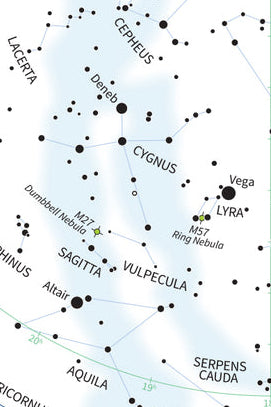
Location of the Summer Triangle on the Tirion Double-Sided Multi-Latitude Planisphere
Although they are worthy sights, these three stars are not the only reasons to check out the Summer Triangle. Another notable stellar offering is the amazing double star Albireo that awaits in the middle of the triangle. When viewed through a telescope, this point of light becomes a wonderful contrasting pair made up of a blazing golden yellow star and a subtle blue star.
Deep sky favorites lurking in the neighborhood include the appropriately named Ring Nebula (M57), which blooms around a bluish dwarf, and the hourglass-shaped Dumbbell Nebula (M27), which was the first planetary nebula ever discovered. In addition to all of these treats, a grander sight will be revealed under a dark sky when you see the dusty, glowing Milky Way cutting a stunning swath through the midst of the Summer Triangle.

Astrophotographer Jason Akers captured this image of Messier 27 using an Explore Scientific 80mm Refractor and a Canon DSLR T3i.

Astrophotographer James Hubbard captured this image of Messier 27 with the aid of Explore Scientific's EXOS2 PMC-Eight mount.

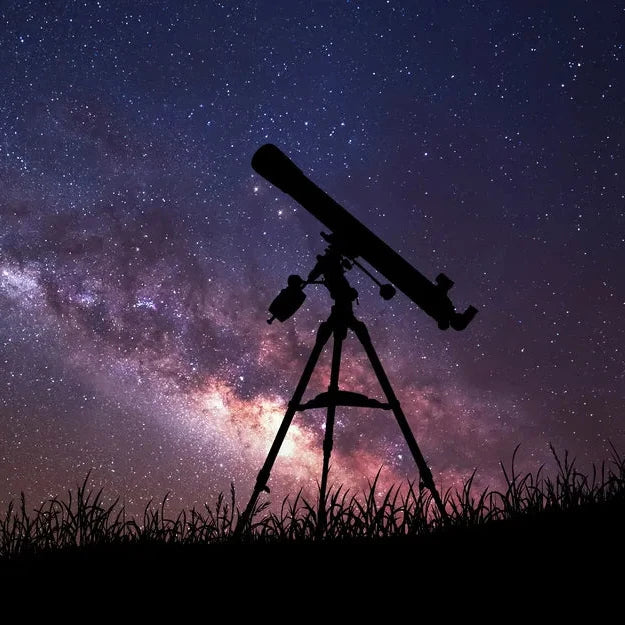

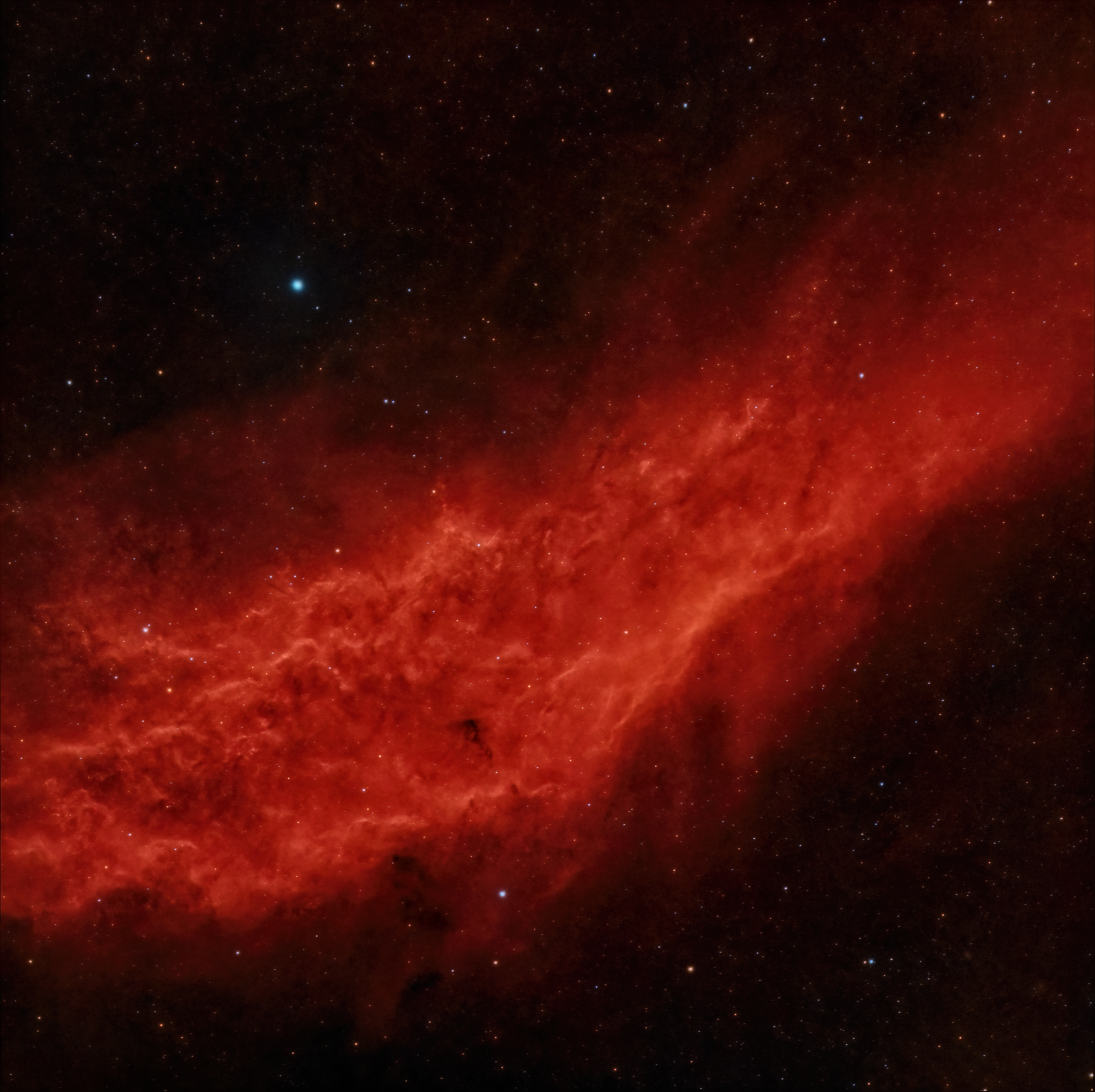




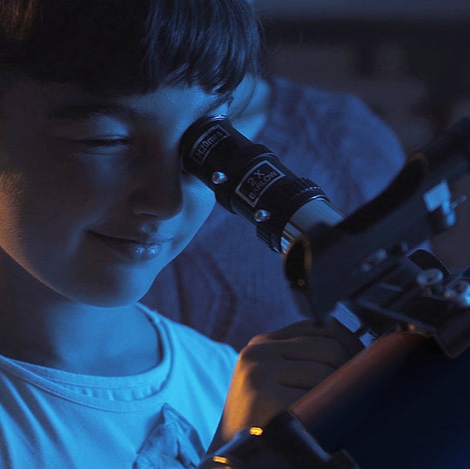

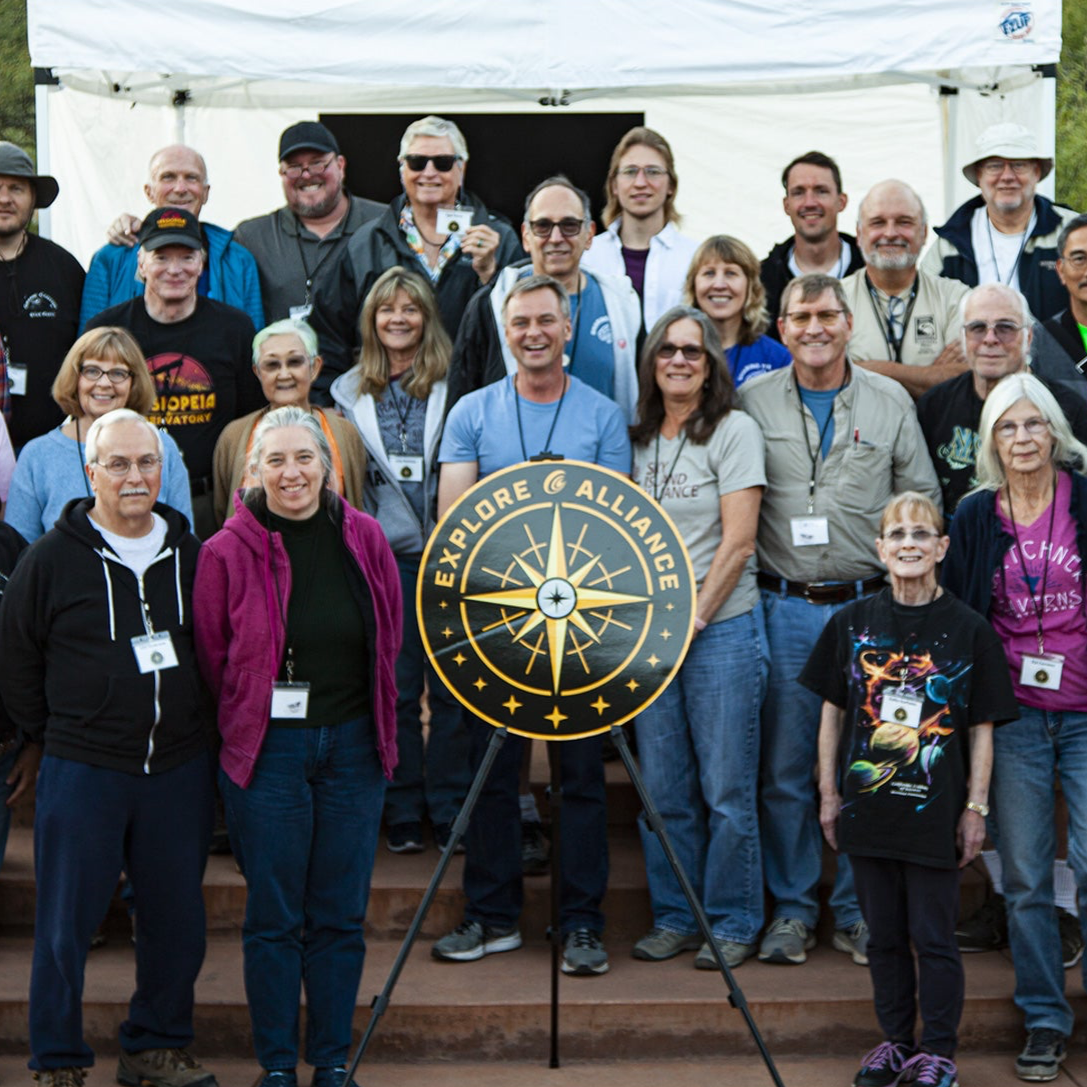
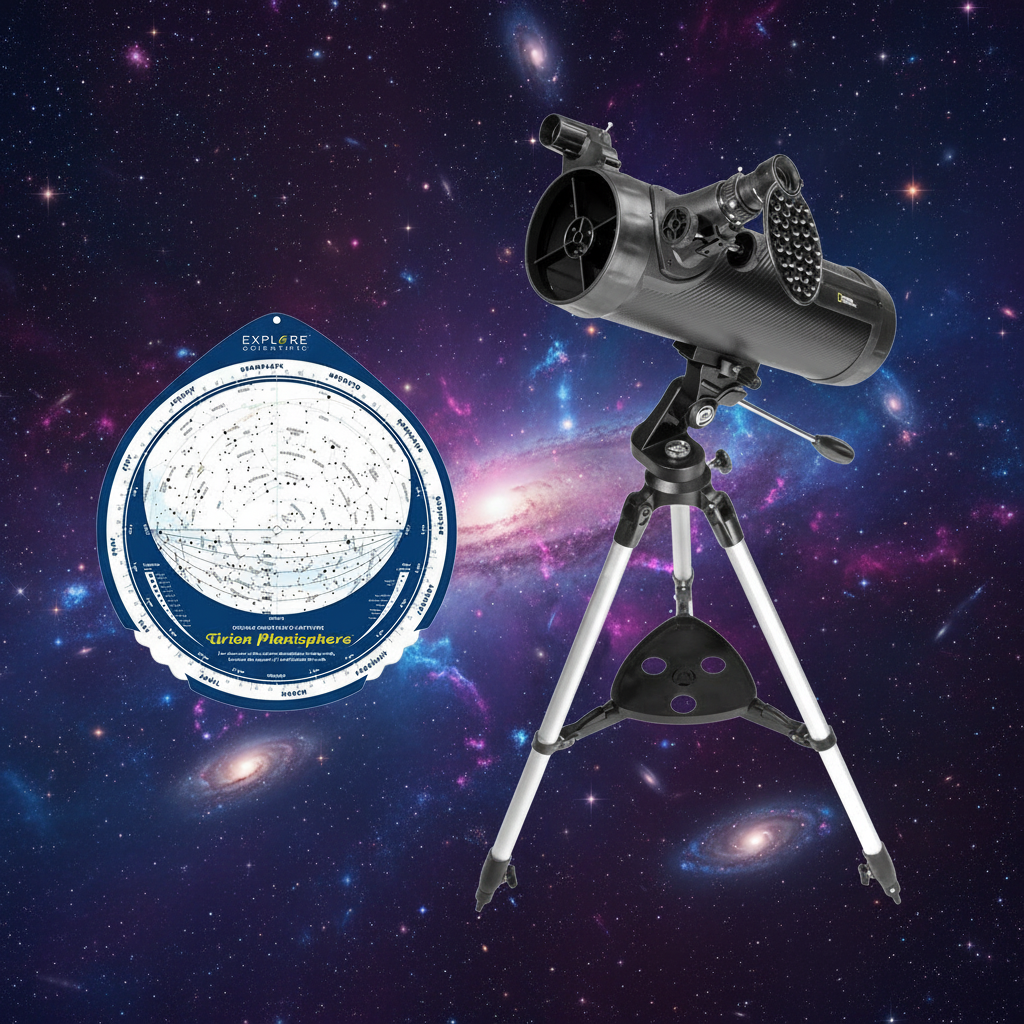
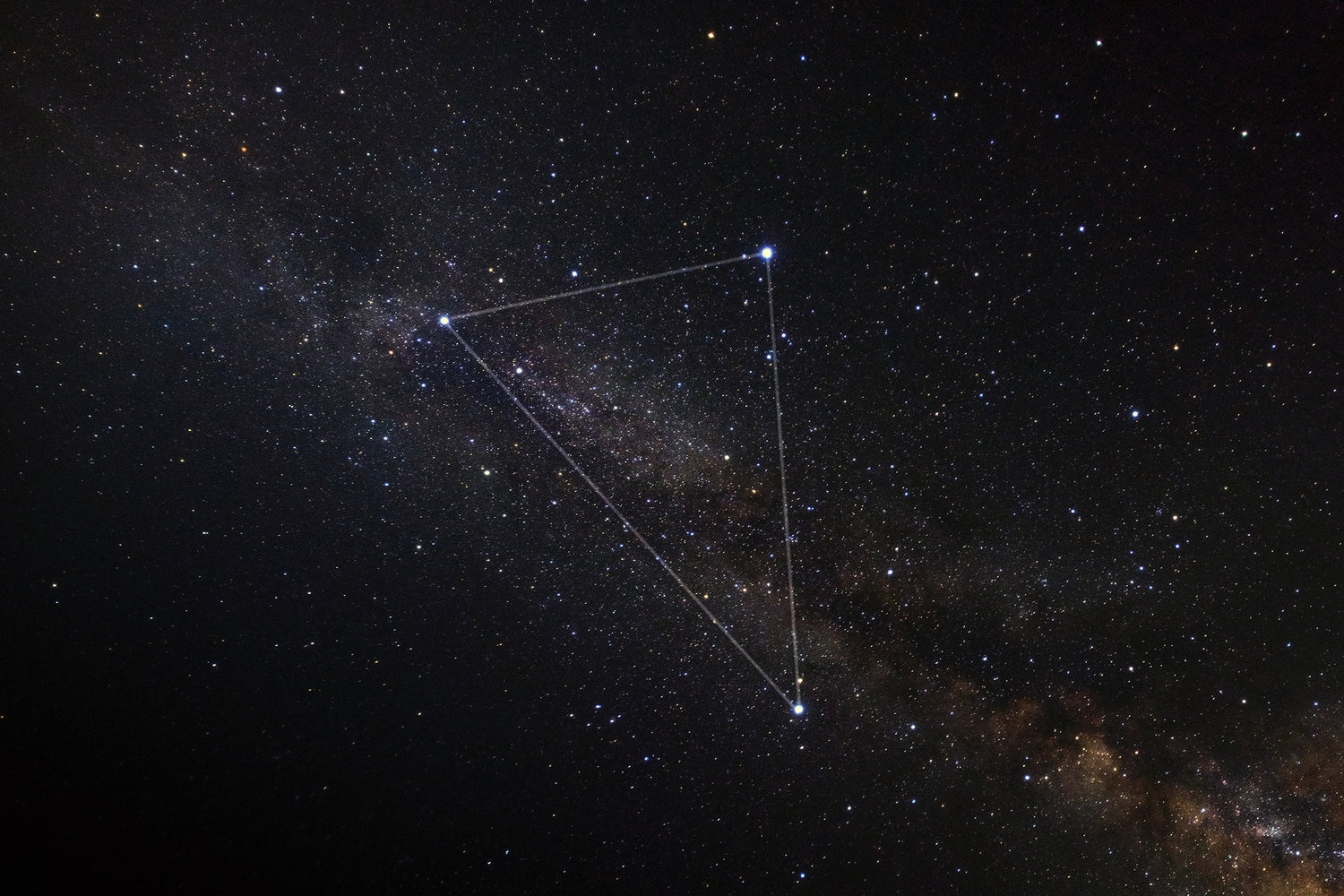

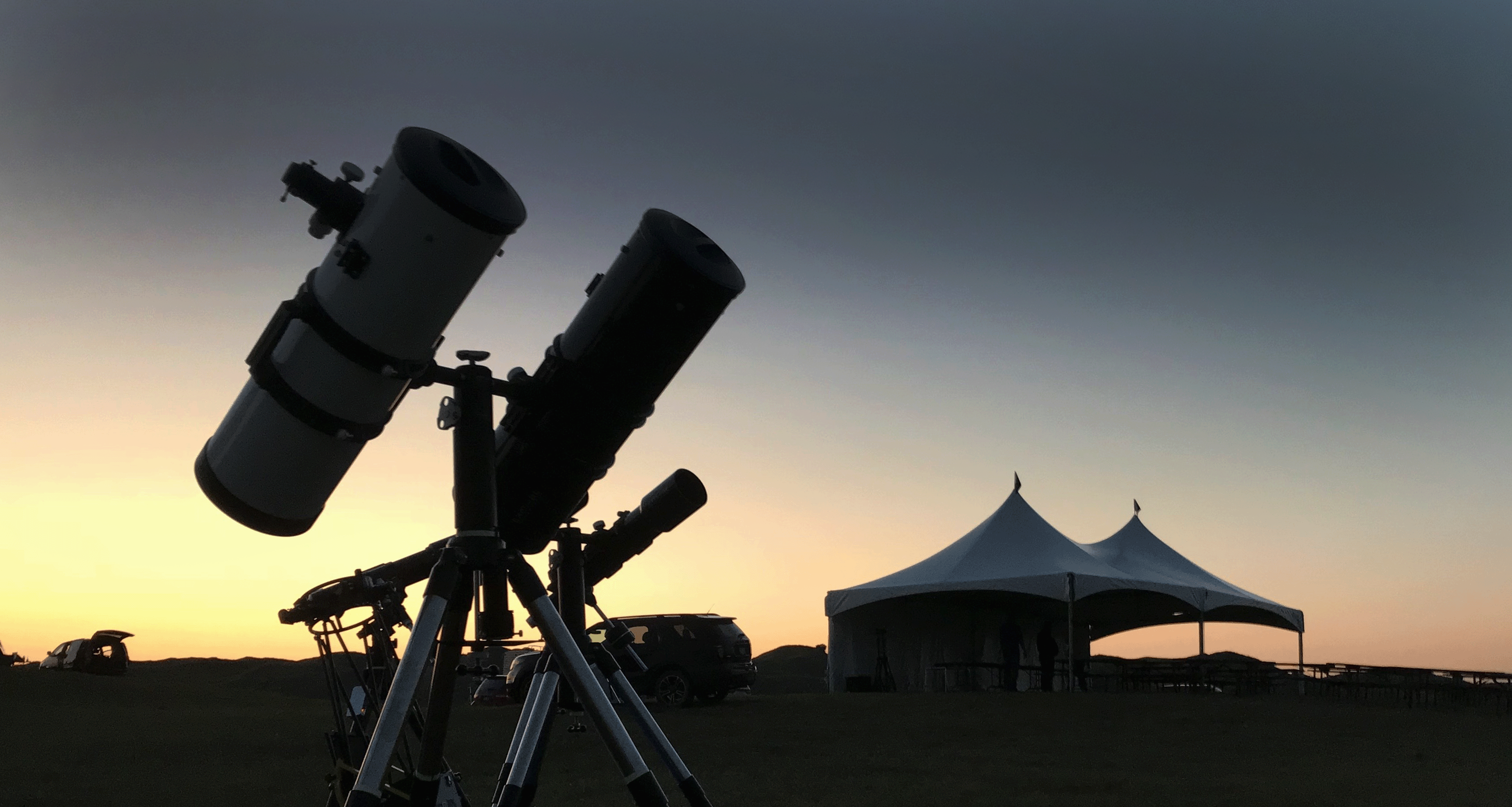
Dejar un comentario
Todos los comentarios se revisan antes de su publicación.
Este sitio está protegido por hCaptcha y se aplican la Política de privacidad de hCaptcha y los Términos del servicio.